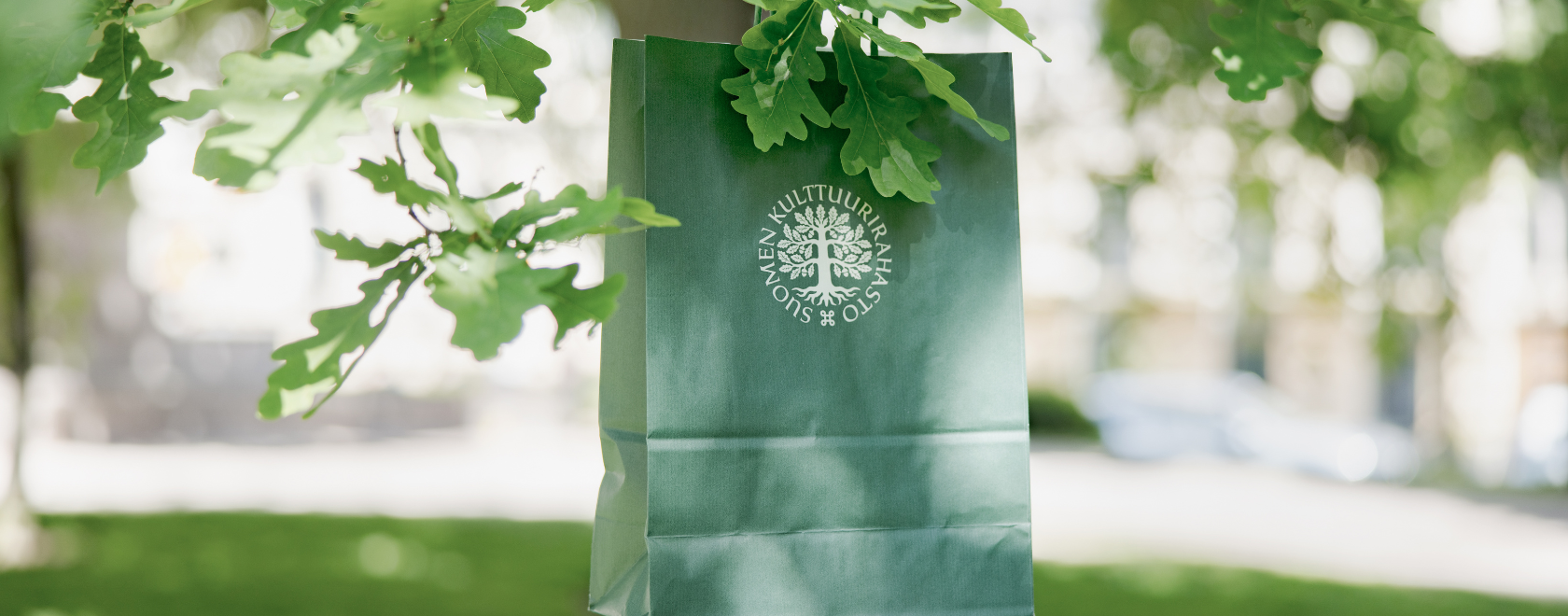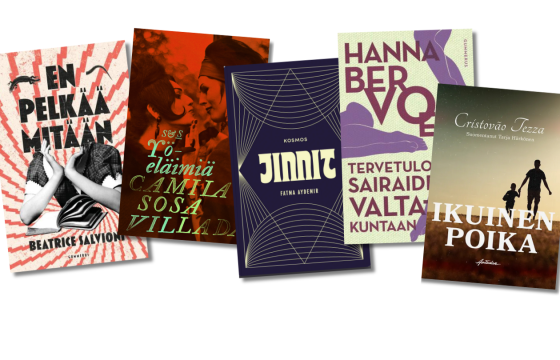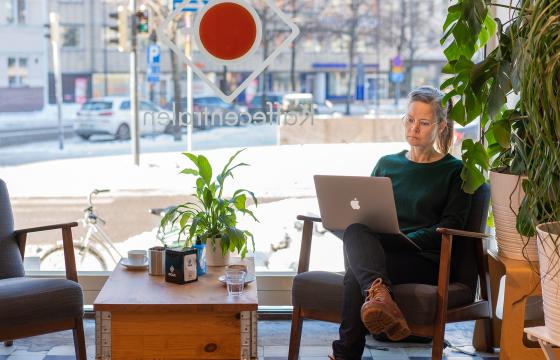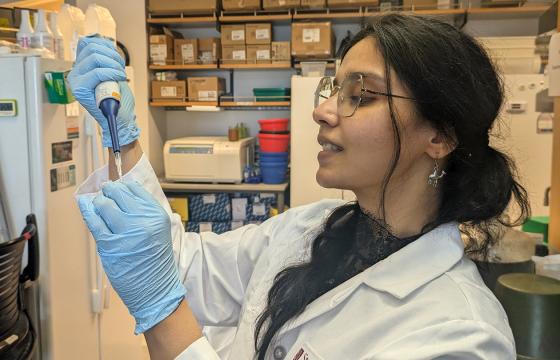
General investment principles
The central objective of the Finnish Cultural Foundation’s investment operations is to secure the fulfilment of the Foundation’s purpose. The investment income is used to cover the cost of grants, cultural activities and other operations.
The aim is for investments to produce good returns, within the guidelines set by the Board of Trustees. Stability and a long investment horizon determine the Foundation’s investment decisions. The aim is to establish long-term positions rather than to secure quick profits over the short term.
The foundation wants to keep its expenditure stable, even in times of market fluctuation; therefore, a steady cash flow is important. The funds used for the foundation’s grants come from dividends, interest income and similar sources of revenue. Capital gains are mostly reinvested.
Besides applicable legislation, the Cultural Foundation abides by principles of sustainable investment.
Investment capital
The Foundation’s assets are mostly used for distributing grants, whose sums follow the development of the income level index, in principle. This is not possible to achieve with a very low-risk investment portfolio, whose expected returns would not be high enough.
Most of the Foundation’s capital is invested in shares, interest rate instruments (bonds and money market investments) and real estate, as well as in alternative investments (private equity and private debt and forest investments).
The foundation’s mission is “to promote and develop cultural and economic life in Finland”. One way to fulfil this is through domestic ownership. The Foundation has a long history of ownership of Finnish listed companies, as well as a major holdings in corporations such as Huhtamäki Plc, received through donations.
By securing a sufficient cash flow and liquidity buffer, the Cultural Foundation can operate steadily through diverse market conditions.
| Actual status on 01/10/2023, % | Neutral status, % | |
|---|---|---|
| All investments | 100.0 | 100.0 |
| Shares | 52,3 | 60.0 |
| Finnish | 34,3 | 40.0 |
| International | 17.9 | 20.0 |
| Interest | 12,0 | 13.0 |
| Government bonds | 0,3 | 0,0 |
| Corporate bonds and others | 5,4 | 7.0 |
| Short-term interest | 6,3 | 6.0 |
| Real estate | 13,0 | 12.0 |
| Alternative | 22,8 | 15.0 |
Governance
The Board of Trustees approves the investment plan and ensures that proper internal controls are in place for asset management.
The Foundation’s Finance Committee comprises at least three and at most five members of the Board of Trustees, elected for one financial year at a time. The Finance Committee prepares a proposal for the investment plan together with the office, as well as the budget and annual financial statements for the Board of Trustees’ approval. The committee is responsible for ensuring that the investment plan is up to date. It oversees the development of the investments and related reporting, ensuring that the board receives regular updates on the performance of the investment portfolio.
The practical execution of the investment plan is the responsibility of the foundation’s investment team. The Finance Committee monitors and oversees the development of the foundation’s invested capital, as well as its distribution across asset classes, and the investment risk. The members of the committee are not involved in making or carrying out individual investment decisions.
Auditor: PricewaterhouseCoopers Ltd
Financial year 2022–2023
Monitoring the development of inflation and the global political situation were key themes for the economy. Despite persistent inflation and rising interest rates, the year proved to be globally positive in the investment market.
The fair value of the Finnish Cultural Foundation's assets at the end of the financial year was EUR 1,885 million. Of this, the value of investment assets was EUR 1,713 million. In addition, there were bank deposits and money market investments totalling EUR 122 million. The investment portfolio yielded a 3.2% return, with a benchmark return of 6.6%.


